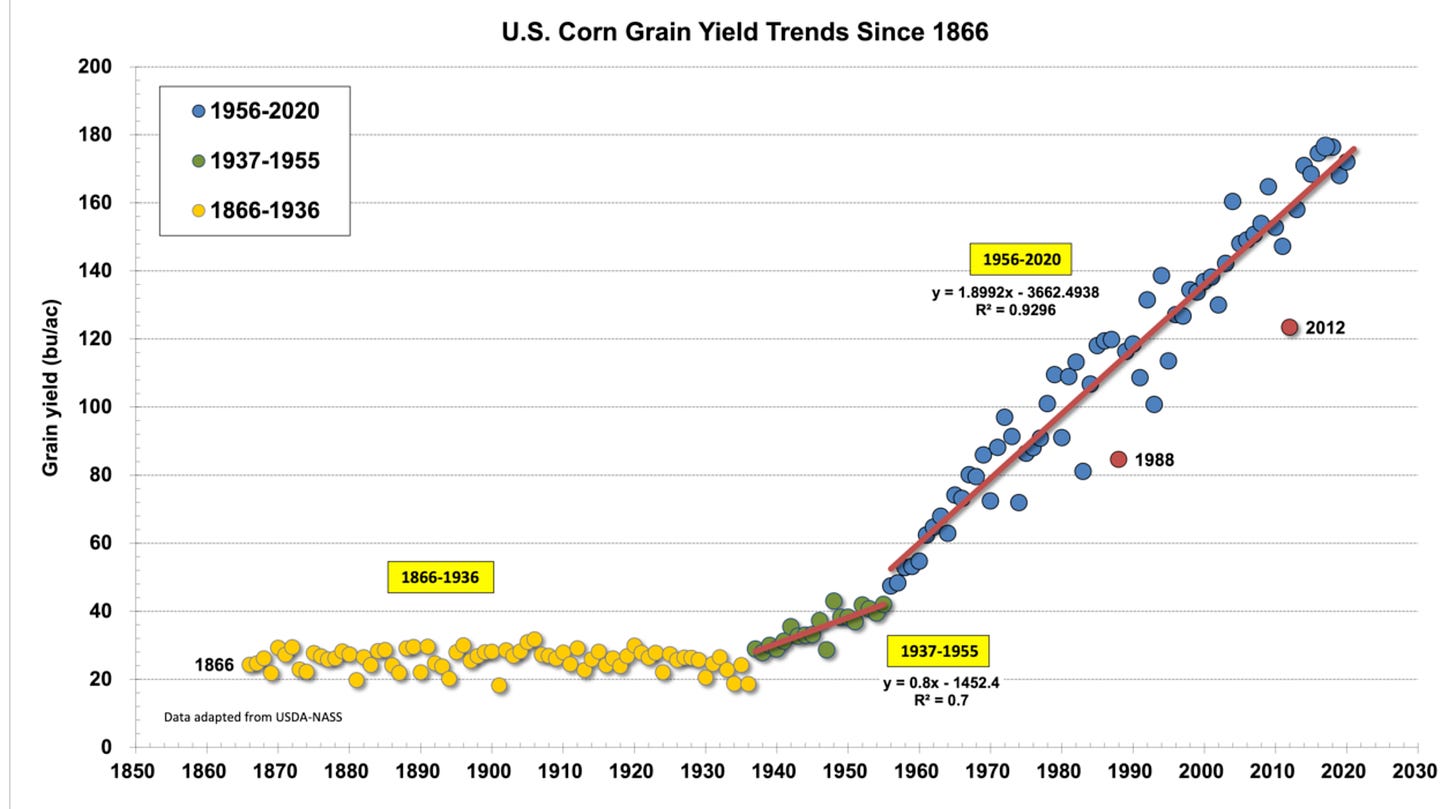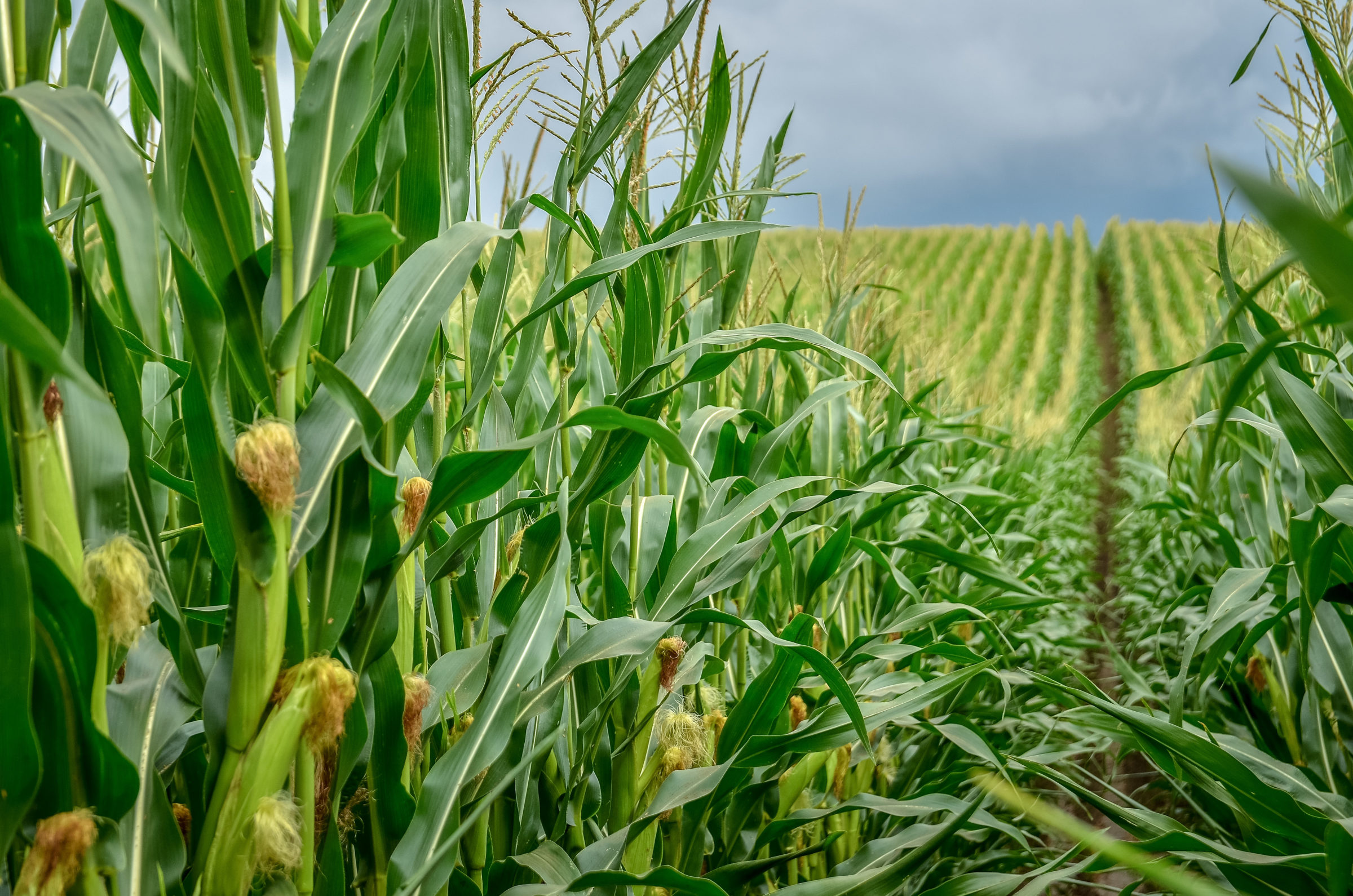Wealth & Poverty Review Cornpreneurs Save Us From Davos Elites
Since 1936 U.S. population increased by 157.8 percent while corn yields increased by 573.1 percent.The Davos crowd is now obsessed with convincing us that our survival depends on changing our diets from beef, chicken, and pork to worms, insects, and bugs. “Sustainability” is the new pretext for shutting down all of our Texas Roadhouse and Outback Steakhouses. Are we really running out of these tasty protein products? Corn is a basic foodstuff for growing these delicious meat dinners. Corn yields in the 1930s were around 26 bushels an acre. Today it’s closer to 175 bushels with the top yielding farm coming in at an astonishing 477 bushels. Corn abundance has increased by 573.1 percent in the last 85 years. One acre of land today produces as much corn as 6.73 acres in 1936. We get 5.73 acres to grow something else or build a park or return to nature. Yields are increasing around 1.75 bushels a year. Corn entrepreneurs have been improving corn yields around 2.27 percent a year. At this rate, corn yields per acre double every 31.3 years or so.

During this same 85 year period U.S. population increased 157.8 percent from 128 million to 330 million. Every one percent increase in population corresponded to a 3.63 percent increase in corn abundance. Another important factor is land used to grow corn. In 1936 it would have required 4.9 million acres to grow one bushel of corn for every American. Today, with 202 million more of us, it would only take around 1.9 million acres to grow a bushel per person. At the same time we have increased population by 157.8 percent, we have reduced the land required for corn production by 61 percent. We’re growing smarter much faster than we’re growing people.
MIT’s Andrew McAfee noted in his 2019 book More from Less that we will continue to see this innovation in crop production. To back up his claim, McAfee has put up $100,000 to bet that in 2029 U.S. crop tonnage will be greater than it was in 2019 and less total cropland, fertilizer, and water for irrigation will be used for agriculture in the country in 2029 than in 2019. If you think he’s wrong, and we will be forced by the World Economic Forum to dine on bug burgers, here is your chance to make easy money.
You may want to try a worm with your next meal, but there is no reason to think we are running out of corn or the land to grow the food for making appetizing steaks, wings, and chops.
Bonus question: Are bug burgers vegan certified? Yes or No.

